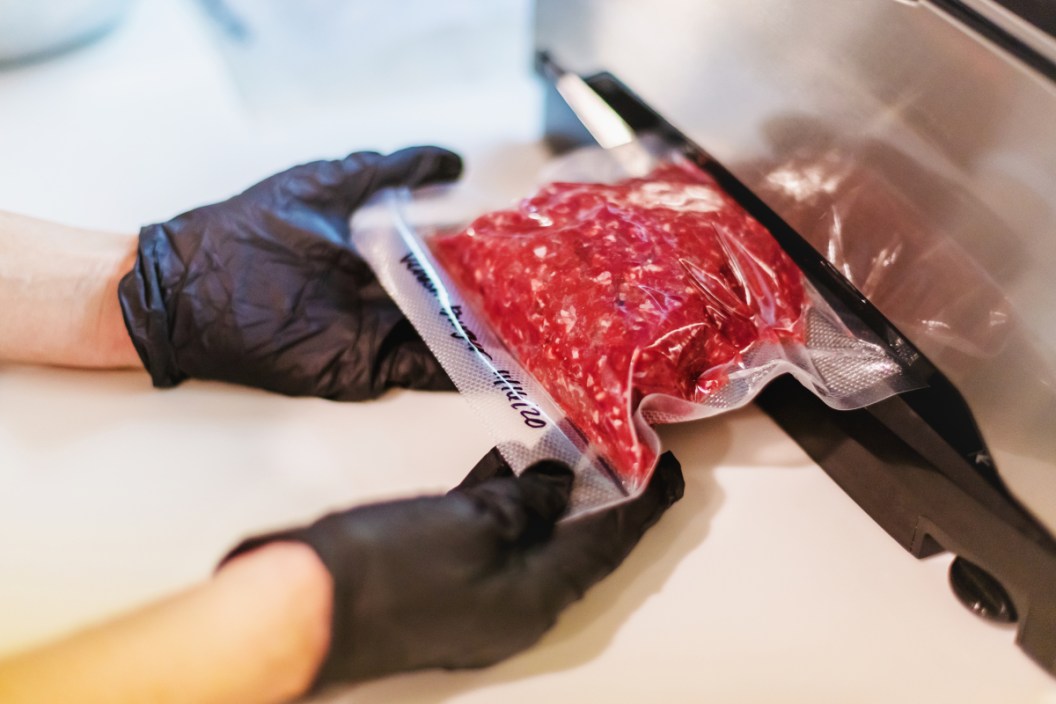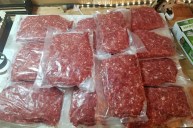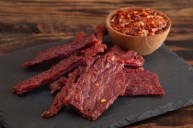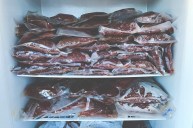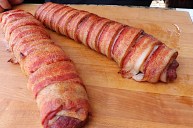This is everything you need to process a whole deer.
If you're like us, you love your venison and other forms of wild game meat. In some parts of the country, the traditional thing to do is to take your harvest to a commercial meat processor. While these sorts of game processing facilities are convenient because you don't have to do the dirty work yourself, they are extremely expensive in most cases. Why spend tons of money when you can make a one-time investment in some meat processing equipment and cut up your harvests yourself?
We are not going to go over the many steps involved in doing all the deer processing yourself. That's a topic for another day. Today we are simply going to focus on the food processing equipment needed to cut up a deer and prep the different cuts of meat for your freezer, and ultimately, your dinner table this season.
Most of this equipment is not cheap. However, once you have it, it will save you thousands of dollars that you used to give to a professional butcher. Plus, unlike many commercial processors, you're guaranteed to get the meat from your deer. It does take a little bit of a time investment on the hunter's part to learn how to skin and cut up a deer properly and prep it for the freezer. However, these are good life skills to have. Plus, it makes for a much more satisfying meal when you've done everything yourself.
Products featured on Wide Open Spaces are independently selected by our editors. However, when you buy something through our links, we may earn a commission.
Quality Knives and a Bone Saw
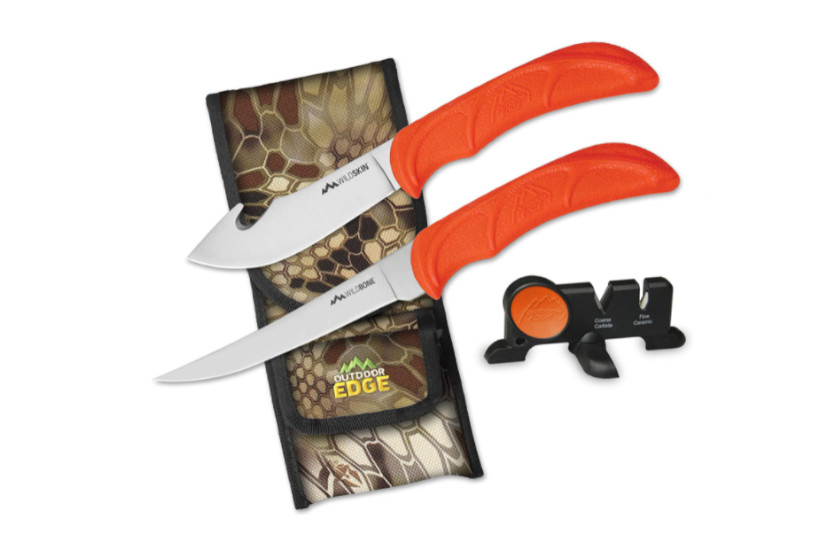
Perhaps the most important tool for any DIY processor is some quality blades. Nothing makes the skinning and butchering process more difficult quite like a blade that dulls up quickly. It also increases the chance you might have an accident and cut yourself if you are forced to really work the blade to make clean cuts. A sharp blade is also going to help you slice off those thin silvery skins that cling to tastier cuts like the backstraps and tenderloin. For deer processing knives, you usually get what you pay for. However, don't feel like you need to drop hundreds of dollars on knives either.
We like something like the Outdoor Edge knife set above which includes two full-tang knives made from 420J2 stainless steel. You might also consider buying a full kit like the one below that contains everything you need to take your harvest from field to freezer.
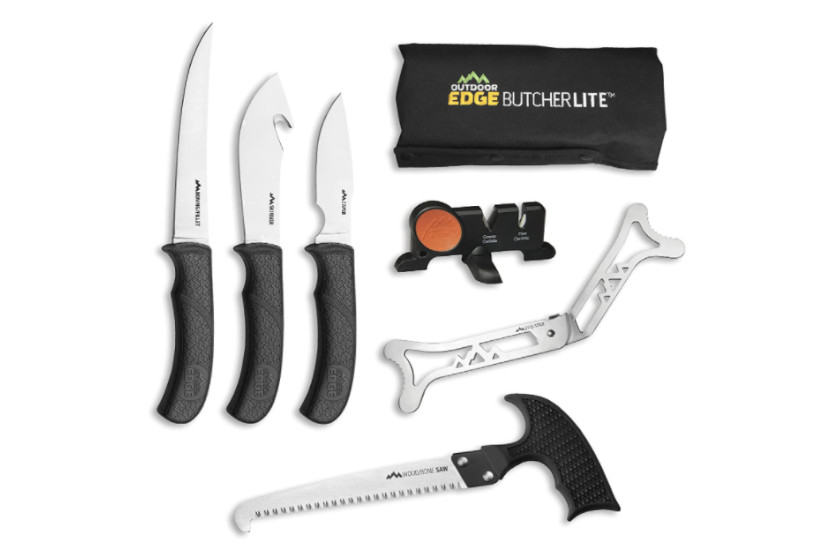
You don't necessarily need a meat saw. Some hunters cut up giant animals like elk and moose using nothing more than a knife once you learn the right joints and tendons to cut and break the animal apart. However, one will help make the job much easier in some cases. You can also use it to remove the skull plate and antlers if you plan on mounting the animal. You can buy them separately, but some kits include their own sharpener. One of these is a must when doing your own deer processing.
Meat Mixer and Grinder
Most people are going to end up grinding a good chunk of their venison. It's one of the most versatile ways to prepare it because you can use it for hamburgers, meatballs, tacos, jerky, snack sticks, and more.
A quality grinder is an absolute must. There are still some manual meat mixers on the market like the LEM Products #10 Stainless Steel Clamp-On, but for the most part you'll likely be shopping for an electric meat grinder if you're planning on processing more than a few deer each year. An electric one is simply going to help you get the job done a lot faster so you can get that ground meat packaged and in the freezer.
We do think it's worth investing on the high end to buy a good grinder the first time. There's a lot of horror stories out there from hunters who tried to save a few dollars buying a cheaper grinder and ended up regretting their decision in the long run.
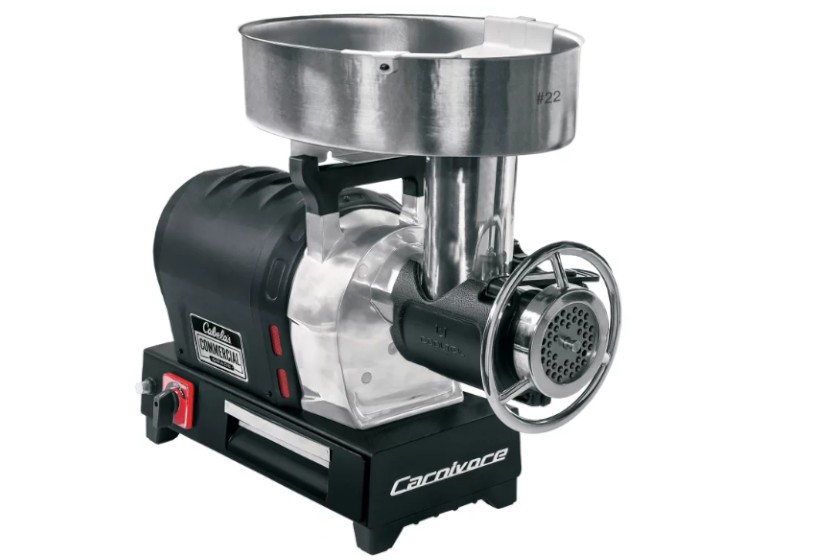
If you are planning to process a lot of meat, consider something like the Cabela's Commercial Grade Carnivore Meat Grinder above. It's a one horsepower, 750W unit built using heavy-duty, stainless steel construction. One thing to keep in mind with these large grinders is that they are quite heavy and take up a ton of space. Make sure you have a good place to store it when not in use. One bonus with some of the higher end grinders is they sometimes come with grinder attachments for stuffing sausage, or a patty maker for turning the ground meat into something instantly useful without a lot of other extra prep work.
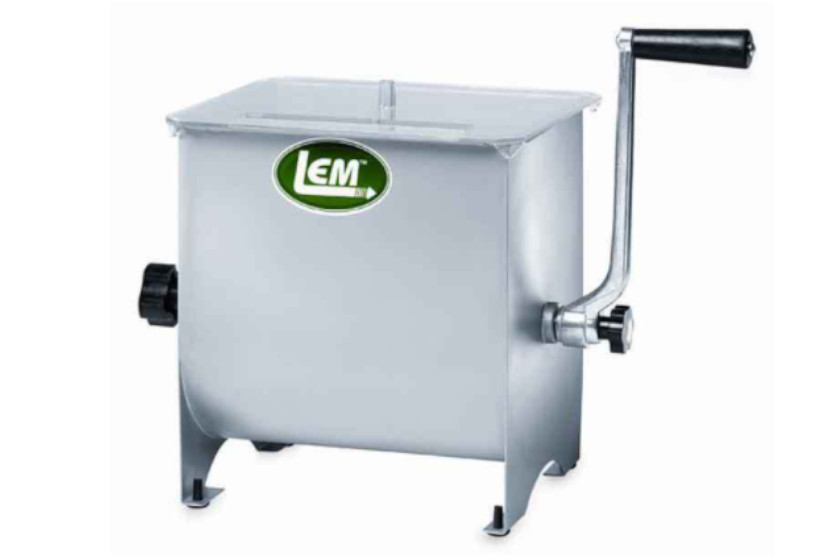
In order to properly mix seasonings into ground meat, a meat mixer is a must-have, too. You can opt for a less expensive hand-operated one like the LEM Products Mighty Bite shown above, or find one that is compatible with your mixer and is electrically operated.
Vacuum Sealers
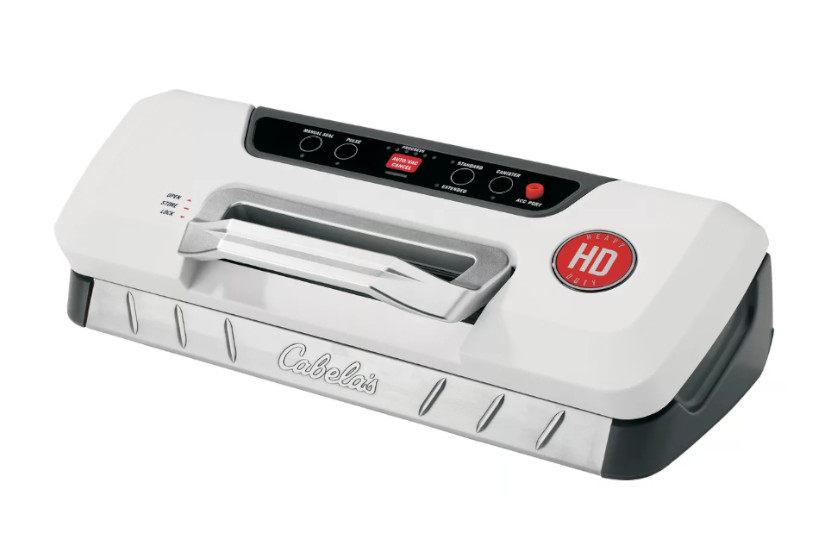
While we love cooking up some fresh venison immediately after the harvest, you are going to need to prep some of it for the freezer until you can get around to cooking it. A good vacuum sealer will help keep the meat fresh. Vacuum sealing also helps to ensure you can enjoy venison meals all year-round. Most sealers built for wild game are already heavy-duty and are going to fall in the $100 to $300 range. The Cabela's sealer above is $99 and should suit the needs for most average hunters. Don't forget to order extra freezer paper and bags!
Food Dehydrators and Jerky Shooters
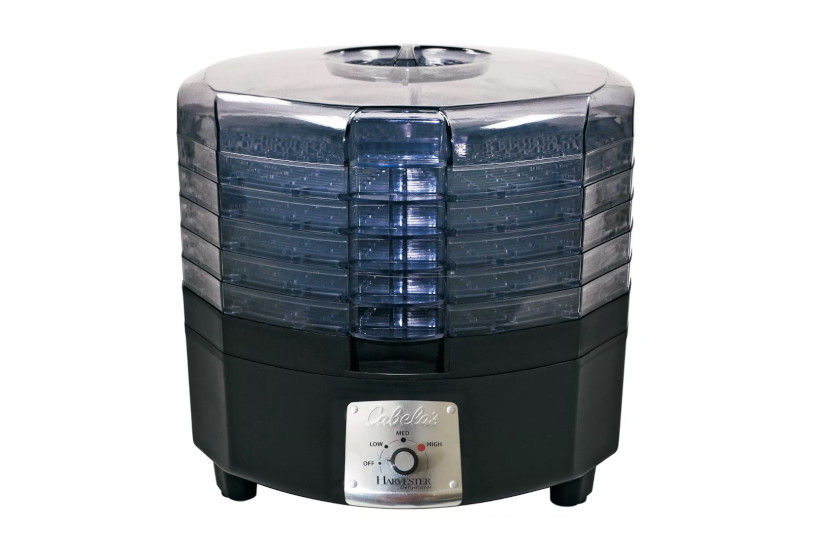
If you want to make venison jerky or snack sticks, a dehydrator is a helpful tool. You don't necessarily need a dehydrator to cook these types of snacks. They can be cooked in an oven. However, it's going to make for some better and more thoroughly cooked jerky if you do use one. A small five-tray dehydrator like the one above will work for hunters who aren't planning to cook huge batches of jerky. The one above is perfect for two to five pounds of venison at a time.

If you are planning to do larger batches, the good news is that there are options on the market for that. Odds are, once your friends get a taste of your jerky, they'll want you to prep their harvests too and this 16-tray option from Chard will make short work of those larger batches. It is large at 16x16x20 inches, so make sure you have the space for it. Don't forget to pick up some jerky seasoning.
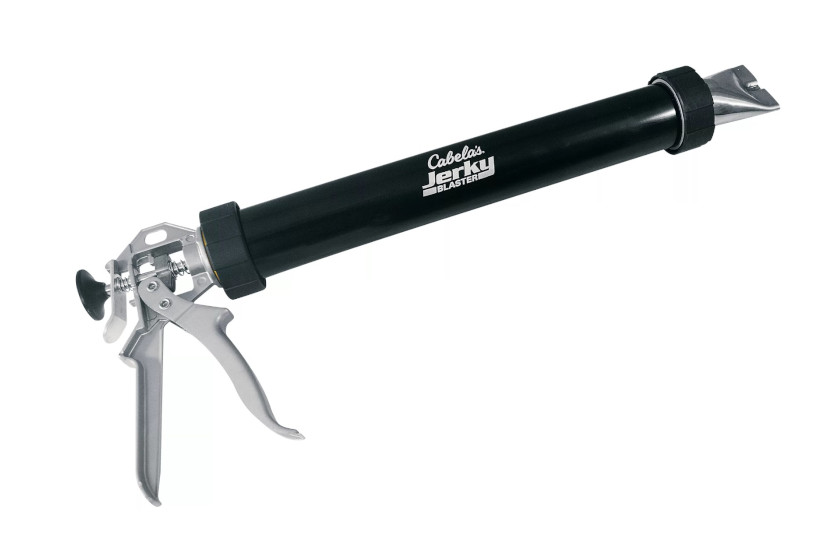
As far as jerky shooters go, you don't need anything fancy. A simple manual jerky gun will work for anyone making small batches between two to five pounds.
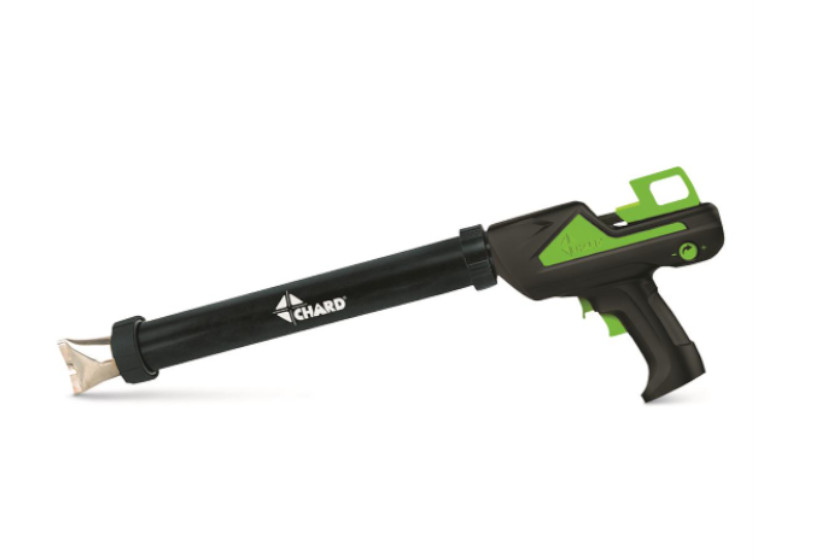
If you want something heavy-duty for large amounts of venison, consider picking up something like the electric Chard jerky shooter, which I've used to make short work of up to six pounds of venison. If you are planning to make snack sticks or sausage, don't forget the casings and possibly a sausage stuffer.
Meat Slicer

Unlike a meat mixer, not everyone necessarily needs a meat slicer. That is unless you are wanting to slice a roast or make some salami. Most people don't use slicers as much for venison. If you do decide to get one, it's worth spending a little more extra money because it's more of a precision piece of equipment than other forms of processing equipment. The LEM 7.5-inch meat slicer above has some of the best online reviews of any slicer designed for wild game meat on the market today.
Other Items to Consider
The items listed above are what most experienced processors will consider the absolute essentials for cutting up and prepping a deer for the table or freezer. There are plenty of other accessories you can buy that will make the job easier. Or they may help with very specific tasks like an injector for your favorite marinades. Or a meat tenderizer.
Gambrels are another extremely useful tool, especially during the skinning and quartering process. Speaking of skinning, consider a good pair of pliers to help with that task. Cutting boards will help with the delicate work of trimming excess fat off certain cuts. A sausage stuffer can help you make some delicious breakfast sausages.
Most of what this list is more than enough to get you started on processing your own venison. The need for other products will probably become obvious as you gain experience and figure out the best ways to get the job done. Good luck to everyone setting out to process their own deer this season.
For more outdoor content from Travis Smola, be sure to follow him on Twitter and check out his Geocaching and Outdoors with Travis YouTube channels.
READ MORE: MOBILE TRUCK BRINGS DEER PROCESSING TO YOUR DOOR
